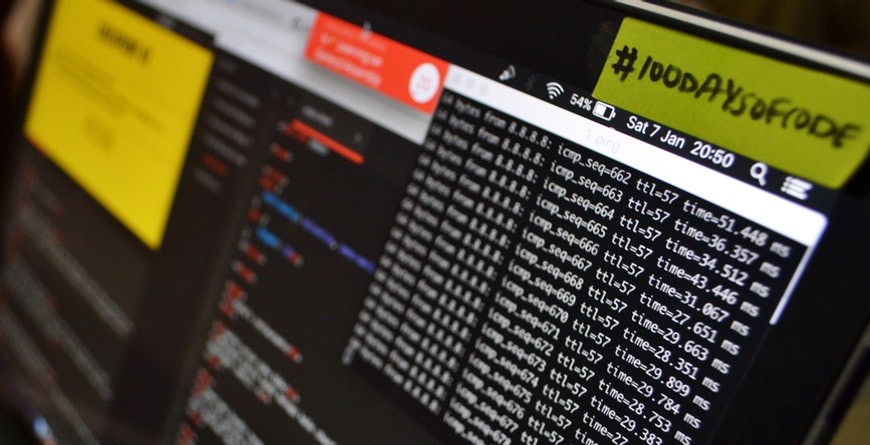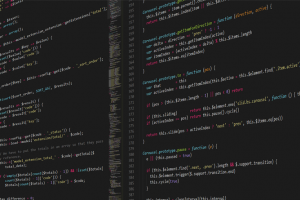
Introduction to J2EE Architecture
J2EE Introduction:
Standard Edition (J2SE) as a basis, Java 2 Platform, Enterprise Edition (J2EE) builds on top of this to provide the types of services that are necessary to build distributed, large scale, component based, multi-tier applications. J2EE is also a standard for building and deploying enterprise applications, held together by the specifications of the APIs that it defines and the services that J2EE provides.
What does J2EE comprise?
J2EE is comprised of many APIs that can be used to build enterprise applications. Remembering that you don’t have to use all of them in order to build J2EE applications. However, the full list of technologies that make up J2EE is as follows:
- Java Servlets
- JavaServer Pages (JSP)
- Enterprise JavaBeans (EJB)
- Java Message Service (JMS)
- Java Naming and Directory Interface (JNDI)
- Java Database Connectivity (JDBC)
- JavaMail
- Java Transaction Service (JTS)
- Java Transaction API (JTA)
- J2EE Connector Architecture (J2EE-CA, or JCA)
the main technologies are Java Servlets, EJB, JSP, JDBC and JMS is used for locating EJBs and other enterprise resources.
Java Servlets:
Java Servlets are the Java equivalent of CGI scripts that can be used to perform processing and the servicing of client requests on a web server. One use for servlets is that they can be used to dynamically generate content for presentation to the user, and this is achieved by embedding markup language (e.g. HTML) inside the Java code.
What are JavaServer Pages (JSP)?
JSP is another technology for presenting information to the user over the web and uses a paradigm where Java code is embedded into the HTML – much like Microsoft ASP.
What are Enterprise JavaBeans?
EJB is a major part of the J2EE specification and defines a model for building server-side, reusable components. There are three types of enterprise beans – session beans, entity beans and message-driven beans.
Session beans can be seen as extensions to the client application and are typically used to model business processes. There are two types of session bean – stateful and stateless.
Entity beans are typically used in particular data in a database.
message-driven beans allow functions to be executed on an asynchronous basis, typically triggered by JMS messages from message-oriented middleware.
Java Message Service (JMS)?
JMS is Java API that presents an interface into message-oriented middleware such as IBM MQSeries, SonicMQ and so on. JMS allows messages to be sent and received using a point-to-point or publish/subscribe paradigm.
Leave A Reply
You must be logged in to post a comment.




2 Comments
good
good luck